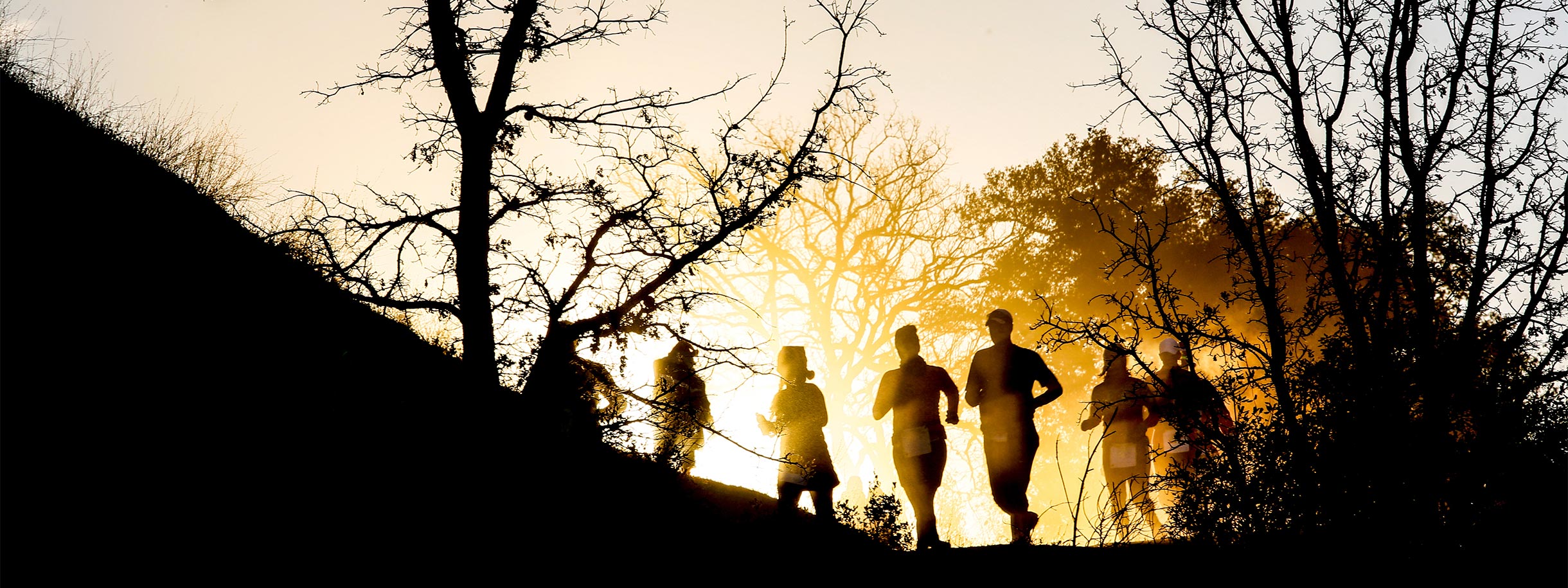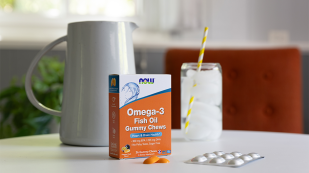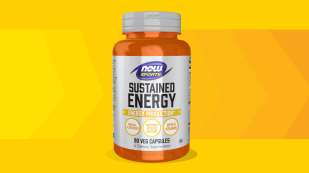Use coupon code CARDAMOM with your purchase of $40 or more for a free†
Cardamom OilTraining Tips for An Ultra Endurance Event

Here’s How I Trained + Fueled for the Tahoe 200
Author: Bob Seebohar, MS, RD, CSSD, CSCS, METS II
While I have done ultra-endurance events in the past, this is my first attempt at a 200-mile endurance event. I began my formal training for the Tahoe 200 in mid-February, four-months prior to the event start. Prior to this, I had a good aerobic base through cycling, strength training and snowshoeing.
My training approach to the Tahoe 200 included a lower running/hiking volume than normal due to adding in weekly cross-training activities such as indoor rowing, indoor cycling, mountain biking, and strength training. All in all, cross training accounted for approximately 25% of my total weekly training volume. However, what is even more important to share is that I would perform 200 pushups, 50 chin-ups and about 30 minutes of body work in the form of myofascial release, active stretching/yoga exercises and breath work/meditation.
My daily nutrition centered around identifying a good source of protein for almost every meal and snack, then adding fruits or vegetables and whole grains/starches. On my lighter training days, I would eat fewer whole grains, while on heavier training days, I would consume more. This is a practice called nutrition periodization, which basically promotes cycling macronutrients (specifically carbohydrates) to match the energy needs of training.
My normal pre-longer workout routine was consuming a cup of coffee, a protein-rich smoothie with 25 grams of NOW® Sports Whey Protein Isolate and 5 grams of NOW® Sports Creatine, with vegetables and fruit and two pieces of whole grain toast with peanut butter, banana and cinnamon on top. I did this about 1-2 hours before heading on the trails.
Training for a 200-mile event creates an opportunity to teach the body to consume more real food during training, due to the lower overall intensity (versus say a marathon). As such, I trained my body to use real food including nut butters, peanut butter and jelly sandwiches and homemade energy bites.
My daily NOW® supplement protocol includes fish oil capsules, vitamin D3 because I am chronically low, probiotics to support gut health*, glucosamine chondroitin and MSM to help with joint health*, specifically my knees, and a multivitamin to provide additional micronutrients that my body needs.
After longer training days, I would immediately consume carbohydrates and protein in liquid form, usually a smoothie made with whey protein isolate powder, bananas, cinnamon, almond milk, nut butter and NOW® Sports L-Glutamine Powder. The latter supports immune system functioning.*
Training for a 200-mile event requires a great deal of preparation, both physically and nutritionally. Each day is another opportunity to train, recover and teach the body to adapt to the stressors of training and adapting the daily nutrition plan to support these to constantly improve the physiological adaptation response.
*These statements have not been evaluated by the Food and Drug Administration. These products are not intended to diagnose, treat, cure or prevent any disease.











